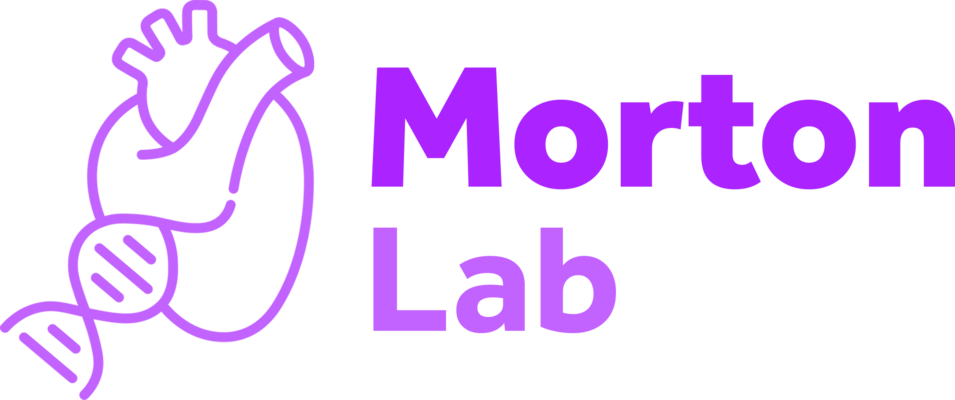OBJECTIVES: To estimate the prevalence of cytomegalovirus (CMV) infections among newborn-mother pairs, neonates with sepsis, and infants with hydrocephalus in Uganda.
DESIGN AND METHODS: Three populations-newborn-mother pairs, neonates with sepsis, and infants (≤3 months) with nonpostinfectious (NPIH) or postinfectious (PIH) hydrocephalus-were evaluated for CMV infection at 3 medical centers in Uganda. Quantitative PCR (qPCR) was used to characterize the prevalence of CMV.
RESULTS: The overall CMV prevalence in 2498 samples across all groups was 9%. In newborn-mother pairs, there was a 3% prevalence of cord blood CMV positivity and 33% prevalence of maternal vaginal shedding. In neonates with clinical sepsis, there was a 2% CMV prevalence. Maternal HIV seropositivity (adjusted odds ratio [aOR] 25.20; 95% confidence interval [CI] 4.43-134.26; p = 0.0001), residence in eastern Uganda (aOR 11.06; 95% CI 2.30-76.18; p = 0.003), maternal age <25 years (aOR 4.54; 95% CI 1.40-19.29; p = 0.02), and increasing neonatal age (aOR 1.08 for each day older; 95% CI 1.00-1.16; p = 0.05), were associated risk factors for CMV in neonates with clinical sepsis. We found a 2-fold higher maternal vaginal shedding in eastern (45%) vs western (22%) Uganda during parturition (n = 22/49 vs 11/50, the Fisher exact test; p = 0.02). In infants with PIH, the prevalence in blood was 24% and in infants with NPIH, it was 20%. CMV was present in the cerebrospinal fluid (CSF) of 13% of infants with PIH compared with 0.5% of infants with NPIH (n = 26/205 vs 1/194, p < 0.0001).
CONCLUSIONS: Our findings highlight that congenital and postnatal CMV prevalence is substantial in this African setting, and the long-term consequences are uncharacterized.

